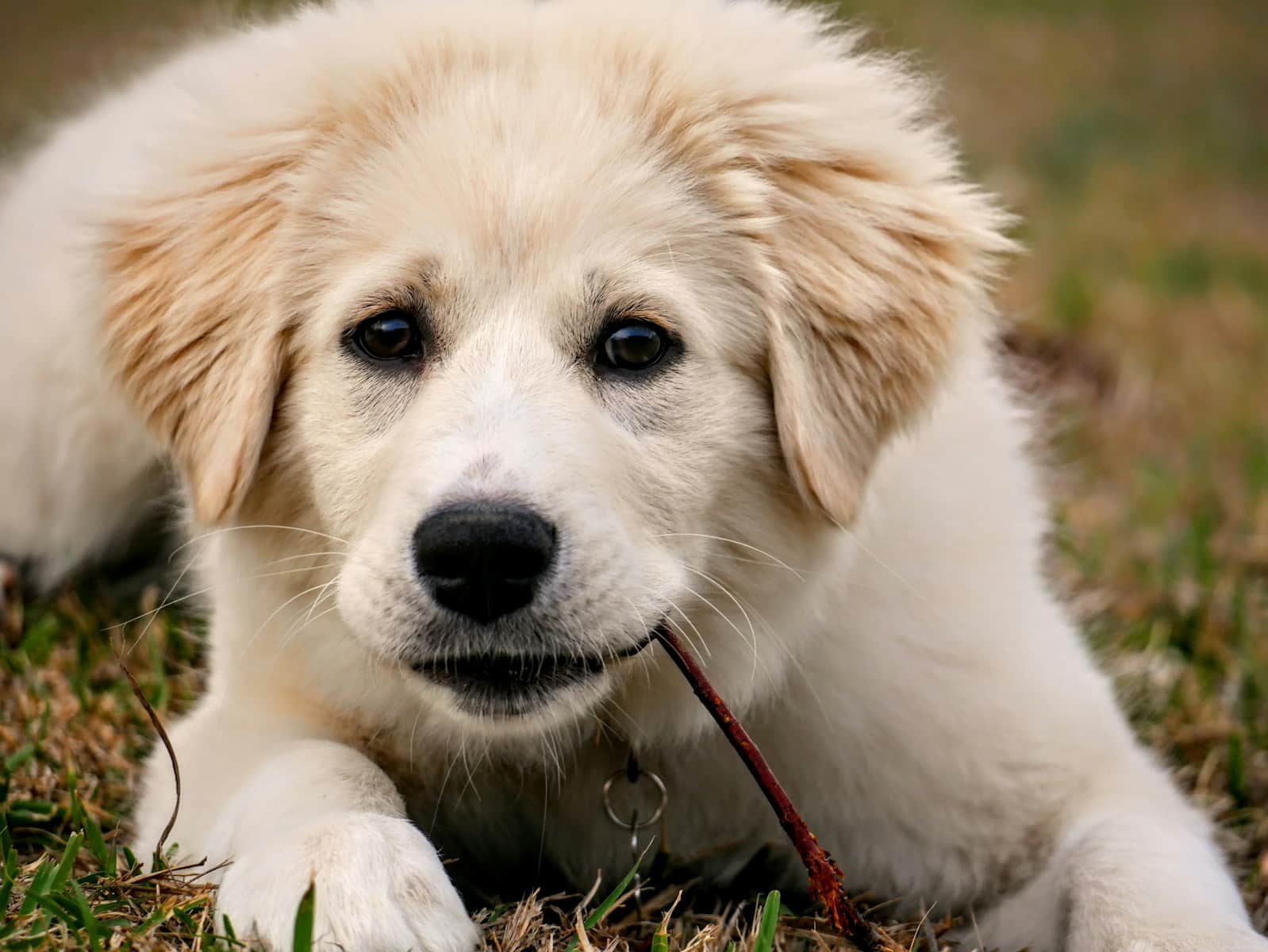
Photo by Samuel Machala on Unsplash
If you’re considering adding a large, fluffy, and protective dog to your family, two breeds that often come up are the Great Pyrenees and the Kuvasz. Both are known for their guarding instincts, gentle demeanor, and impressive size, but there are key differences that might make one breed a better fit for your lifestyle than the other. In this post, we’ll explore the similarities and differences between the Great Pyrenees vs. Kuvasz to help you decide which might be the right choice for you.
Appearance: The Fluffy White Giants
At first glance, the Great Pyrenees and the Kuvasz might look quite similar. Both are large, white dogs with thick coats that protect them from harsh weather, and they carry an impressive, regal stature. However, there are some physical differences to note.
- Size: Both breeds are large, but the Great Pyrenees tends to be slightly bigger. A male Great Pyrenees can weigh between 100 to 160 pounds, while a Kuvasz usually weighs between 70 to 115 pounds. Both breeds can stand at about 25 to 32 inches tall at the shoulder.
- Coat Texture: The Great Pyrenees has a thicker, fluffier coat with a very dense undercoat, making it ideal for cold climates. Their fur is often slightly wavier. The Kuvasz, on the other hand, has a straighter, coarser coat that also offers protection but is generally less voluminous than the Great Pyrenees. Both breeds need regular grooming to keep their coats healthy and tangle-free.
- Facial Features: Kuvasz dogs have a more sleek and defined facial structure compared to the broader, more rounded face of the Great Pyrenees. The Kuvasz also tends to have a more athletic and streamlined body, while the Great Pyrenees is bulkier.
Temperament: Gentle Giants with a Strong Protective Instinct
Both the Great Pyrenees and the Kuvasz are protective breeds that were originally bred to guard livestock. However, their temperaments have some distinctions:
- Great Pyrenees: Known for their calm and gentle nature, the Great Pyrenees is typically very affectionate with their family. They’re famous for being wonderful with children and tend to be more laid-back. However, they take their guarding duties seriously and can be aloof or reserved with strangers. They have a strong independent streak, which means they may not always respond immediately to commands—especially if they perceive a threat.
- Kuvasz: The Kuvasz is also protective and loyal, but they tend to be more energetic and assertive than the Great Pyrenees. They are often more suspicious of strangers and can be more challenging to train due to their independent and strong-willed nature. However, the Kuvasz is highly intelligent and will form strong bonds with their family, making them excellent companions for experienced dog owners who can handle their assertiveness.
Energy Levels and Exercise Needs
While both breeds need regular exercise, the Kuvasz is generally more active and will require more physical stimulation. They are more playful and have higher energy levels than the Great Pyrenees, who tends to be more of a couch potato at home.
- Great Pyrenees: Though they were bred for long days of guarding flocks, the Great Pyrenees tends to be less energetic when not working. A couple of walks a day, along with some time to roam in a fenced yard, should suffice for most Pyrenees. However, they are prone to gaining weight if they become too sedentary, so regular exercise is still important.
- Kuvasz: The Kuvasz is more athletic and agile and requires more daily physical activity. This breed enjoys longer walks, runs, or time to play in a yard. If their energy isn’t properly channeled, they can become bored, leading to destructive behaviors. Kuvasz owners need to ensure their dog gets plenty of exercise and mental stimulation.
Trainability: Independent Minds
Both the Great Pyrenees and the Kuvasz are intelligent but independent-minded breeds. They were bred to work with little direction from humans, which means they can be stubborn or strong-willed when it comes to training.
- Great Pyrenees: These dogs are more relaxed but also independent. Training can be a bit of a challenge, as they tend to think for themselves. Patience, consistency, and positive reinforcement are key when training a Great Pyrenees. They aren’t eager to please in the way a Labrador or Golden Retriever might be, but they are loyal and intelligent.
- Kuvasz: The Kuvasz is even more independent and strong-willed than the Great Pyrenees, making them a better fit for experienced dog owners. While they are smart and can learn commands quickly, they will often challenge authority and need firm, consistent training from an early age.
Health Considerations
Both the Great Pyrenees and Kuvasz are generally healthy breeds but can be prone to certain health issues:
- Great Pyrenees: These dogs are prone to hip dysplasia, bloat, and certain heart conditions. Regular vet check-ups and a healthy diet can help mitigate some of these risks.
- Kuvasz: Similarly, the Kuvasz can also suffer from hip dysplasia and bloat. Regular exercise, a balanced diet, and keeping an eye on any potential joint issues are important for this breed as well.
Final Thoughts: Which Breed is Right for You?
Both the Great Pyrenees and Kuvasz are amazing, protective dogs that can make fantastic family pets or livestock guardians. If you’re looking for a more laid-back, gentle dog that’s great with kids, the Great Pyrenees might be your best choice. However, if you want a more energetic, assertive, and active dog, the Kuvasz could be a better fit.
Ultimately, both breeds require a confident owner who understands their independent nature and is willing to provide the training and exercise they need. Whether you choose the Great Pyrenees or Kuvasz, you’ll be bringing home a loyal, protective, and loving companion.
For more information on these breeds, be sure to consult breed-specific resources or speak to a local breeder to find the perfect match for your lifestyle.